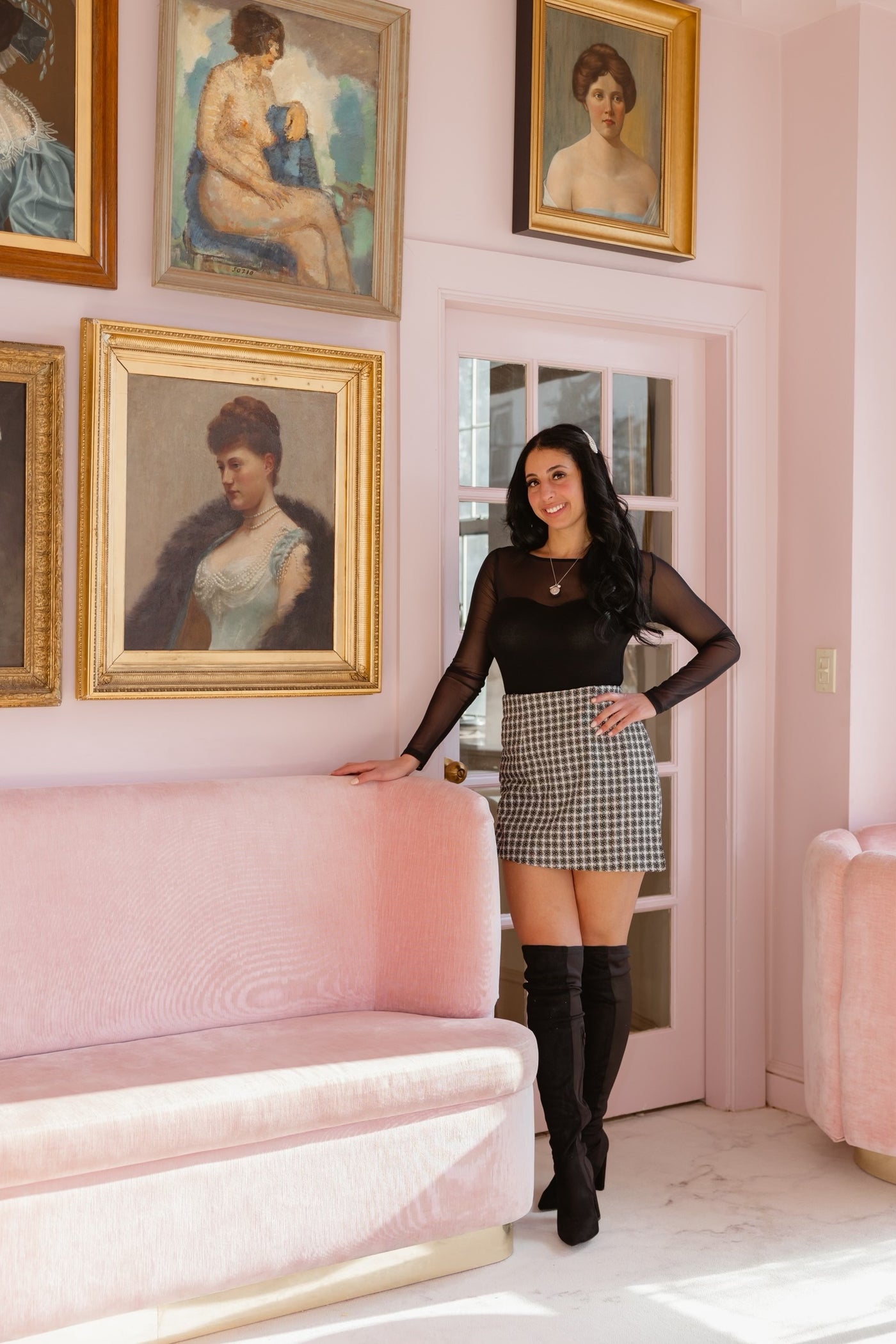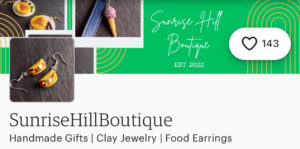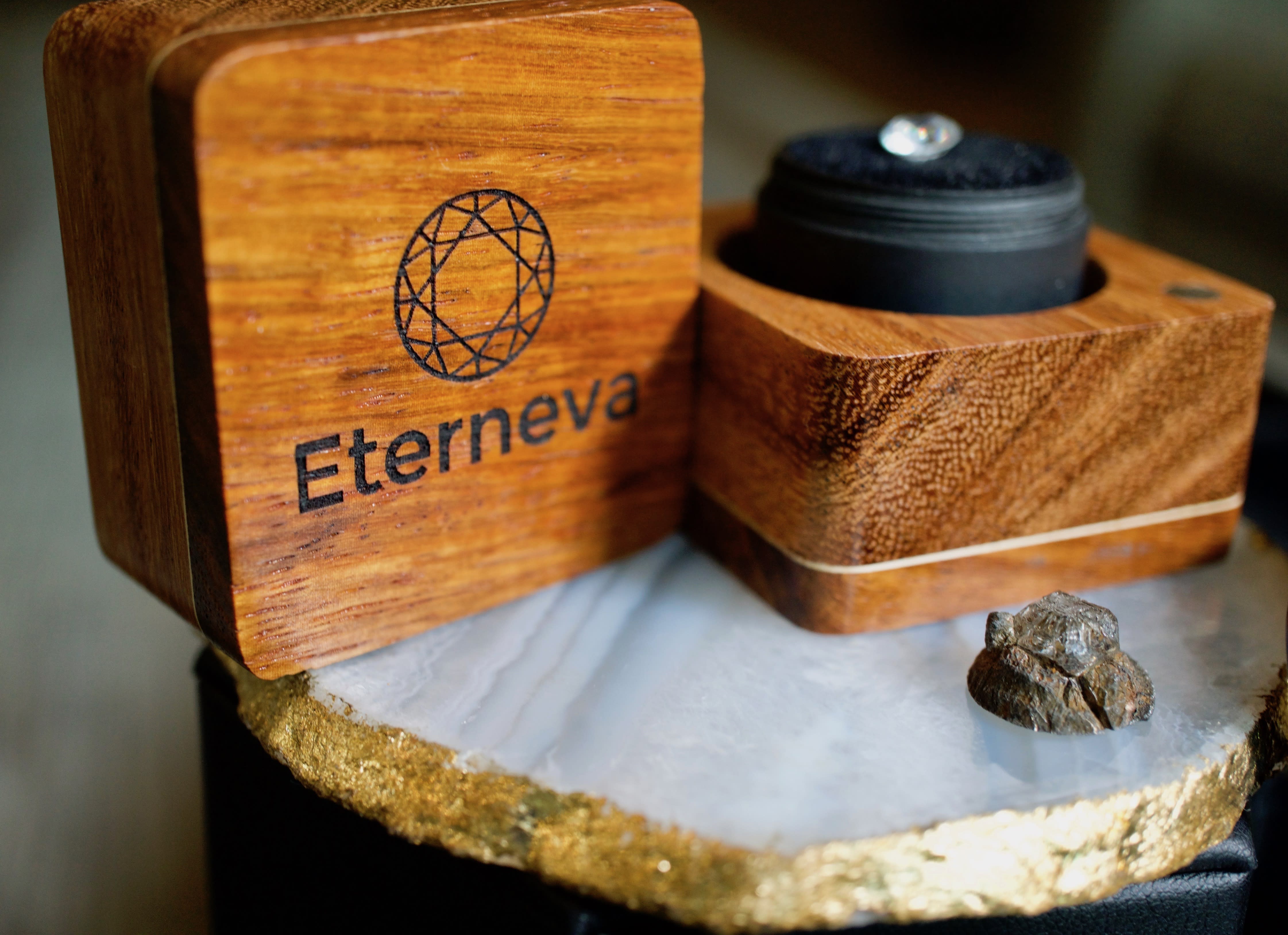Eve Gay launched a jewelry business at the age of 24 while attending Pepperdine University. After a sustainable fashion internship did not work out due to the pandemic lockdowns, she shifted to becoming a certified gemologist and build what would become Stoned Fine Jewelry. Her crystal candy-like jewelry ranged from diamond-studded tennis bracelets and serpent necklaces to heart-shaped rings. They have been featured on the covers of magazines like Playboy South Africa and have even been worn by celebrities like Kendall Jenner and Ireland Baldwin.
She founded the company as a sustainable, contactless jewelry business, which was important to her because of the pandemic and being able to serve a rising demand for online shopping. Eve knew nothing about the industry, so she started by learning everything she could about the diamond industry. Through this, she found a mentor in her hometown of Jacksonville, Florida who helped her through it. She first started meeting people one-on-one during COVID, then started a website and met peopled and sourced things as they were needed. Gay also provided jewelry to boutiques and trunk shows in the Jacksonville area. She also got inspiration from the online show Ring Concierge, a women-owned jewelry company that specializes in engagement rights, weddings bands, and more. Her business model is centered around relationship-building and creating connections with customers.
Eve went through many trials and tribulations like reassessing her career path. She says being a Gen Z female business owner is a challenge, but she wants to pave the way for other young designers. She says that being successful is about putting yourself out there and being able to have the guts of starting your own business. The jewelry industry has high barriers to enter, and it is tough to navigate but she handles it by being very dedicated and working extra hard.







